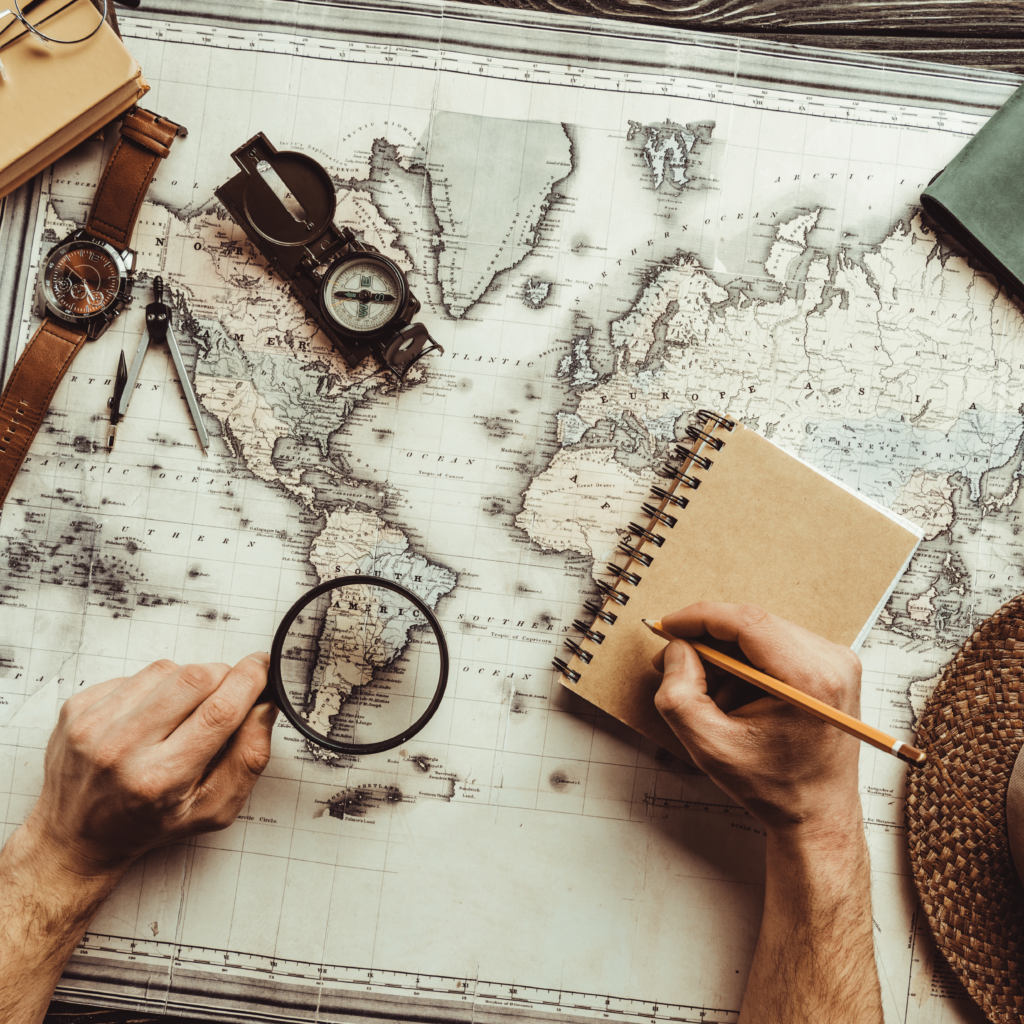About
Our Story
The Coalition
*READ! MUST BE CHANGED BY THE BOARD*
I need 1 paragraph about the coalition. The mission statement is already on the home page so something that expands on that makes sense. Only need 1 paragraph.
True History
Sir Francis Drake
Early life:
Born on the Crowndale estate of Lord Francis Russell, 2nd earl of Bedford, Drake’s father, Edmund Drake, was the son of one of the latter’s tenant farmers. Edmund fled his native county after arraignment for assault and robbery in 1548. The claim that he was a refugee from Roman Catholic persecution was a later pious fiction. From even before his father’s departure, Francis was brought up among relatives in Plymouth: the Hawkins family, who combined vocations as merchants and pirates.
When Drake was about 18, he enlisted in the Hawkins family fleet, which prowled for shipping to plunder or seize off the French coast. By the early 1560s, he had graduated to the African trade, in which the Hawkins family had an increasing interest, and by 1568 he had command of his own ship on a Hawkins venture of illicit slave-trading in the Spanish colonies of the Caribbean.
Voyages to the West Indies:
Francis Drake views the Pacific Ocean for the first time, from a tree on the Isthmus of Panama, illustration from 1906, by T.H. Robinson.
Resenting the Spanish authorities’ claims to regulate their colonies’ trade and impound contraband, Drake later referred to some “wrongs” that he and his companions had suffered—wrongs that he was determined to right in the years to come. His second voyage to the West Indies, in company with John Hawkins, ended disastrously at San Juan de Ulúa off the coast of Mexico, when the English interlopers were attacked by the Spanish and many of them killed.
Drake escaped during the attack and returned to England in command of a small vessel, the Judith, with an even greater determination to have his revenge upon Spain and the Spanish king, Philip II. Although the expedition was a financial failure, it brought Drake to the attention of Queen Elizabeth I, who had herself invested in the slave-trading venture. In the years that followed, he made two expeditions in small vessels to the West Indies, in order “to gain such intelligence as might further him to get some amend for his loss.” In 1572—having obtained from the queen a privateering commission, which amounted to a license to plunder in the king of Spain’s lands—Drake set sail for America in command of two small ships, the 70-ton Pasha and the 25-ton Swan. He was nothing if not ambitious, for his aim was to capture the important town of Nombre de Dios, Pan. Although Drake was wounded in the attack, which failed, he and his men managed to get away with a great deal of plunder by successfully attacking a silver-bearing mule train. This was perhaps the foundation of Drake’s fortune. In the interval between these episodes, he crossed the Isthmus of Panama. Standing on a high ridge of land, he first saw the Pacific, that ocean hitherto barred to all but Spanish ships. It was then, as he put it, that he “besought Almighty God of His goodness to give him life and leave to sail once in an English ship in that sea.” He returned to England both rich and famous. Unfortunately, his return coincided with a moment when Queen Elizabeth and King Philip II of Spain had reached a temporary truce. Although delighted with Drake’s success in the empire of her great enemy, Elizabeth could not officially acknowledge piracy. Drake saw that the time was inauspicious and sailed with a small squadron to Ireland, where he served under the earl of Essex and took part in a notorious massacre in July 1575. An obscure period of Drake’s life follows; he makes almost no appearance in the records until 1577.
Source: Britannica
Legendary
Sir Francis Drake High School 1951 - 2021

Alumni Association
If you are Drake Alumni, we would love to hear from you
Hall of Fame
Celebrating the achievements of Drake Students all over the Country.

Athletic and Academic Accolades
Buccaneer
The Buccaneer yearbook captures the spirit and history of The Drake High School legacy, showcasing the people and moments that shaped us. Through the Coalition’s efforts, we invite you to explore these pages and reconnect with the past.
Other Drakes
Drake Locations Besides High School
- Sir Francis Drake Boulevard 1929 to Present
- Sir Francis Drake Hotel, San Francisco, 1929 to 2020
- Sir Francis Drake Prayer Book Cross, Golden Gate Park, 1894 to Present
- Drake’s Beach, Point Reyes National Seashore

